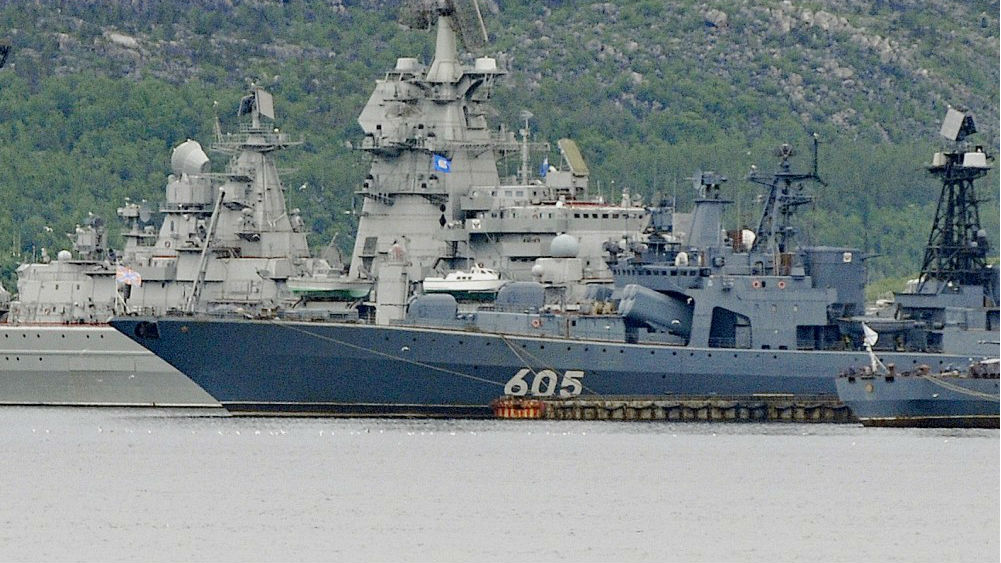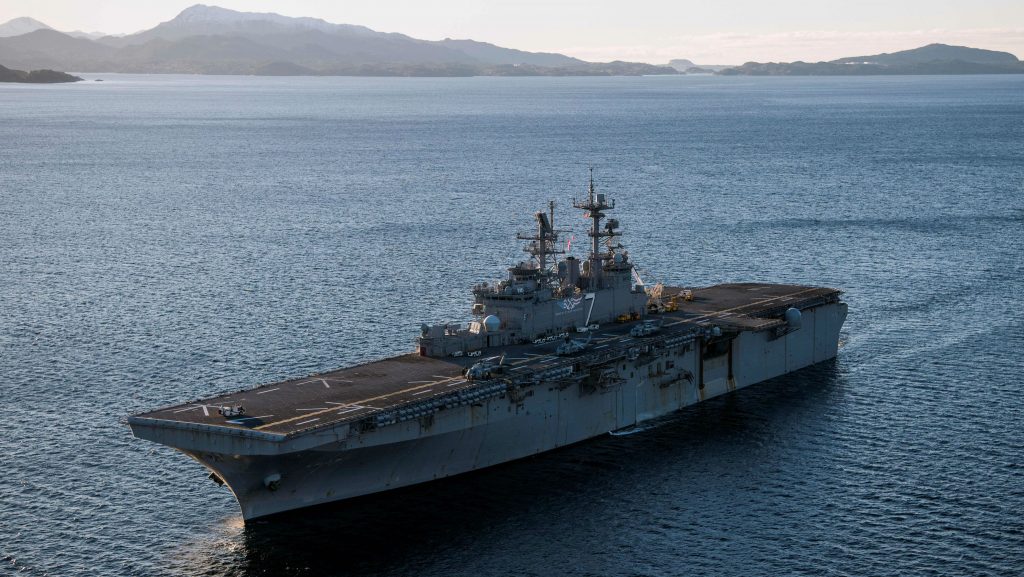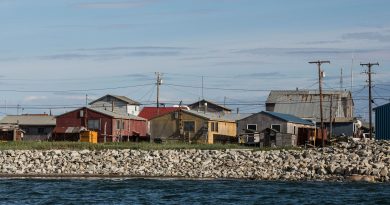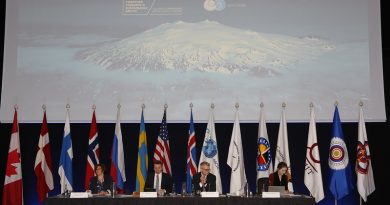Russia to test-launch rockets near Norway’s Arctic coast in last days of Trident Juncture

The area of rocket test firings is only about 40 kilometers north of Gamvik and Berlevåg on Norway’s Barents Sea coast.
Norway’s aviation authorities have received a warning from Russia’s air traffic management center about upcoming rocket firings in the period from November 6th to 9th at daytime from 5 am to 7 pm.
A Notice to Airmen (NOTAM) is issued for the area in the Barents Sea. It was newspaper VG that first reported about Russia’s planned shootings.
No information is available about what kind of rockets are to be tested or from which navy vessels.
The warning reads: “This is to inform you that the Russian navy plan to rocket test firings in the basin of the Norwegian Sea.” The area marked and the geographical positions given, however, is not in the Norwegian Sea, but in the Norwegian sector of the Barents Sea.
The square area is located 20 to 40 nautical miles north of Gamvik and Berlevåg, two fishing villages on Norway’s northernmost mainland. If clear skies, Russia’s naval shootings could be visible from shore. The territorial maritime boundaries is 12 nm from the baseline. These waters are important fishing grounds for the coastal fisheries of Finnmark.
Tests during giant NATO exercise
Russia’s rocket shooting is the second to take place close to Norway as NATO’s biggest military exercise in many years is going on in the southern and central part of Norway.
Last week, the Barents Observer reported about the two corvettes Soobrazitelny and Stoiky that set out from Baltiisky, the naval base in the Baltic Sea. They are accompanied by the Konetsky tug and the Kola, a 5000-ton oil tanker.
The navy group will test missiles in the Norwegian Sea inside the same maritime area in which the NATO warships are sailing. Russia’s missile shootings are announced to be from November 1st to 3rd.
The Norwegian newspaper Klassekampen could also inform that the Northern Fleet’s newest frigate Admiral Gorshkov will join the vessels from the Baltic Fleet for the voyages outside Norway.
Additionally, last Friday Russian authorities informed Norway that two Tu-95 strategic bombers will fly outside Norwegian air space.
Trident Juncture continues

In the period from 25th October to 7th November, more than 50,000 soldiers, 250 aircrafts and 65 vessels from 31 countries are engaging in wide-ranging training along the coast of Norway, including the surrounding areas of the North Atlantic and the Baltic Sea, as well as Iceland and the airspace above Finland and Sweden.
Press spokesman Lt. Col. Ivar Moen with the Joint Head Quarters writes in an e-mail to the Barents Observer that “exercise Trident Juncture will continue as planned.”
NATO Secretary General, Jens Stoltenberg, said at a press conference on Tuesday that Trident Juncture is an exercise of defensive and transparent nature.
“We train to send a clear message. To our own nations, and to anyone who might want to challenge us. NATO is ready and NATO is able to protect all Allies against any threat,” Jens Stoltenberg said.
An English transcript of Stoltenberg’s remarks is posted on NATO’s portal.
Related stories from around the North:
Canada: Nearly 2,000 Canadian troops take part in NATO’s largest exercise since Cold War, CBC News
Finland: Russian military conducts confidence-building visit to Lapland Air Command in the Finnish Arctic, Radio Canada International
Norway: NATO wants to keep tensions low in the High North, says Secretary General Jens Stoltenberg, Radio Canada International
Russia: Russia holds anti-submarine drill in Arctic ahead of large NATO exercise in Norway, The Independent Barents Observer
Sweden: Major deal between Sweden’s Saab and U.S. Air Force a “sign of closer transatlantic ties”, says defence expert, Radio Sweden
United Kingdom: UK announces new Arctic defence strategy, but who’s the intended audience?, Eye on the Arctic feature interview
United States: New symposium brings U.S. military’s attention to the Arctic, Alaska Public Media



